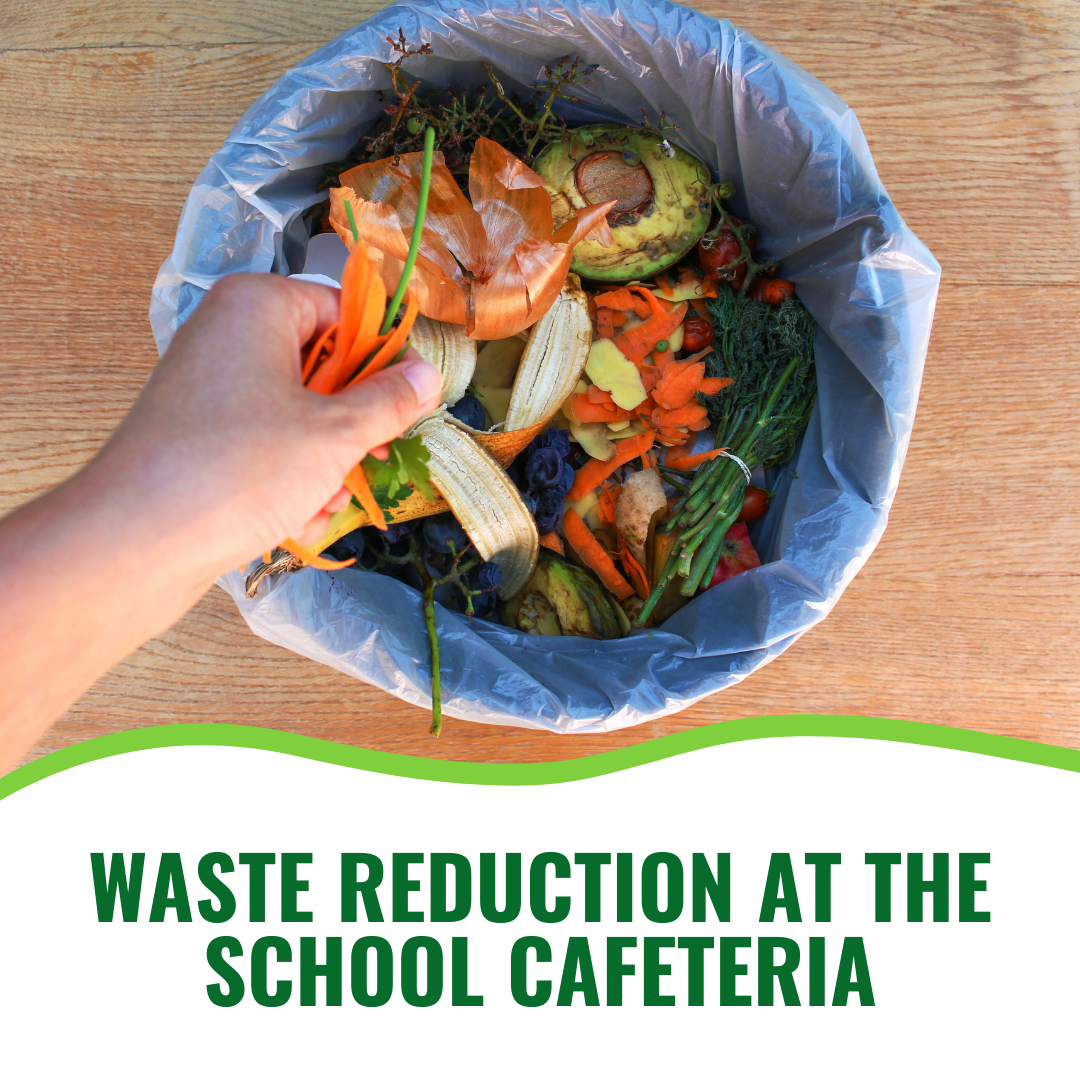We use cookies to make your experience better. To comply with the new e-Privacy directive, we need to ask for your consent to set the cookies. Learn more.
Waste Reduction at the School Cafeteria
Thanks to the National School Lunch Program (NSLP), U.S. schools keep hungry students fed and ready to learn. The NSLP collects detailed records, which also makes it a valuable stand-in for the state of public and private school cafeterias more generally. If that’s true, then we’ve got a problem: School cafeterias are creating enormous amounts of food waste.

Within the NSLP alone, we’re losing $5 million worth of edible food every day. Yearly losses in food waste add up to $1.2 billion. Consider that non-NSLP food programs are also losing edible food, and the scale of the problem becomes apparent.
So what can school districts do to ensure that students get the nutrition they need without wasting valuable, edible food? Here are a few ideas that seem to be working:
Use your most valuable resource — students themselves. Chesterbrook Elementary School in McClean, Virginia, organized an Eco Team run by sixth graders. The students conduct waste audits, organize composting and food-sharing programs, and complete multidisciplinary projects about their work. Consider establishing an Eco Team of your own; it’s both a strong way to reduce food waste and an incredible education opportunity for older students.
Establish routines for food-waste diversion. Hoover Elementary School in Oakland, California, has instituted a multi-tiered approach to cutting down on food waste. Not only does the school station compost bins in lunch rooms, they’ve invented a valuable tool called the Food Share Table.
Food scraps can’t be shared, of course — those go directly to the compost bin. But schools waste plenty of good, untouched — even unopened — food items, too. At Hoover, students know that if they don’t want a packaged dish or a raw fruit or vegetable, they don’t throw it away. Instead, they place it on the Food Share Table.
The first level of food sharing occurs right there in the cafeteria. If one student doesn’t want his apple, another may grab it and eat it immediately. Next, students know that they can take packaged food items home. This common access reduces the stigma associated with living in a food-insecure household. A student may take a package of veggies back to their classroom to snack on during a break — or they might pack it into their backpack to eat later, at home.
Leftovers from the Food Table go to a local hunger-relief center. Could a solution like this work at your school?
Make composting easy on students and staff. Unfortunately, setting out compost bins doesn’t immediately mean students will use them. Employ clear, bold signage and have teachers share the news that food waste goes in the compost. Students can design the signs themselves.
Meanwhile, adding an extra waste stream can be a burden on janitorial departments. Simplify the new system by introducing ergonomic waste-handling equipment, such as Bin Dumpers. These machines make it safe and easy to empty bins of organic waste, which are typically much heavier than other trash cans.
There’s another benefit to the whole-school approach to ending food waste: It encourages children to think about their environmental impact well after graduation. Not only can you reduce waste today, you can help create a generation of low-waste citizens for the future.
References:
Bloom, Jonathan. “Waste not, want not.” Grist. Grist Magazine, Inc., 28 Nov. 2018. Web. 1 Aug. 2019.
Cohen, JF, et. al. “School lunch waste among middle school students: nutrients consumed and costs.” NCBI. U.S. National Library of Medicine, National Institutes of Health, Feb. 2013. Web. 1 Aug. 2019.
“Creative Solutions to Ending School Food Waste.” FNS. Food and Nutrition Service, U.S. Department of Agriculture, n.d. Web. 1 Aug. 2019.
